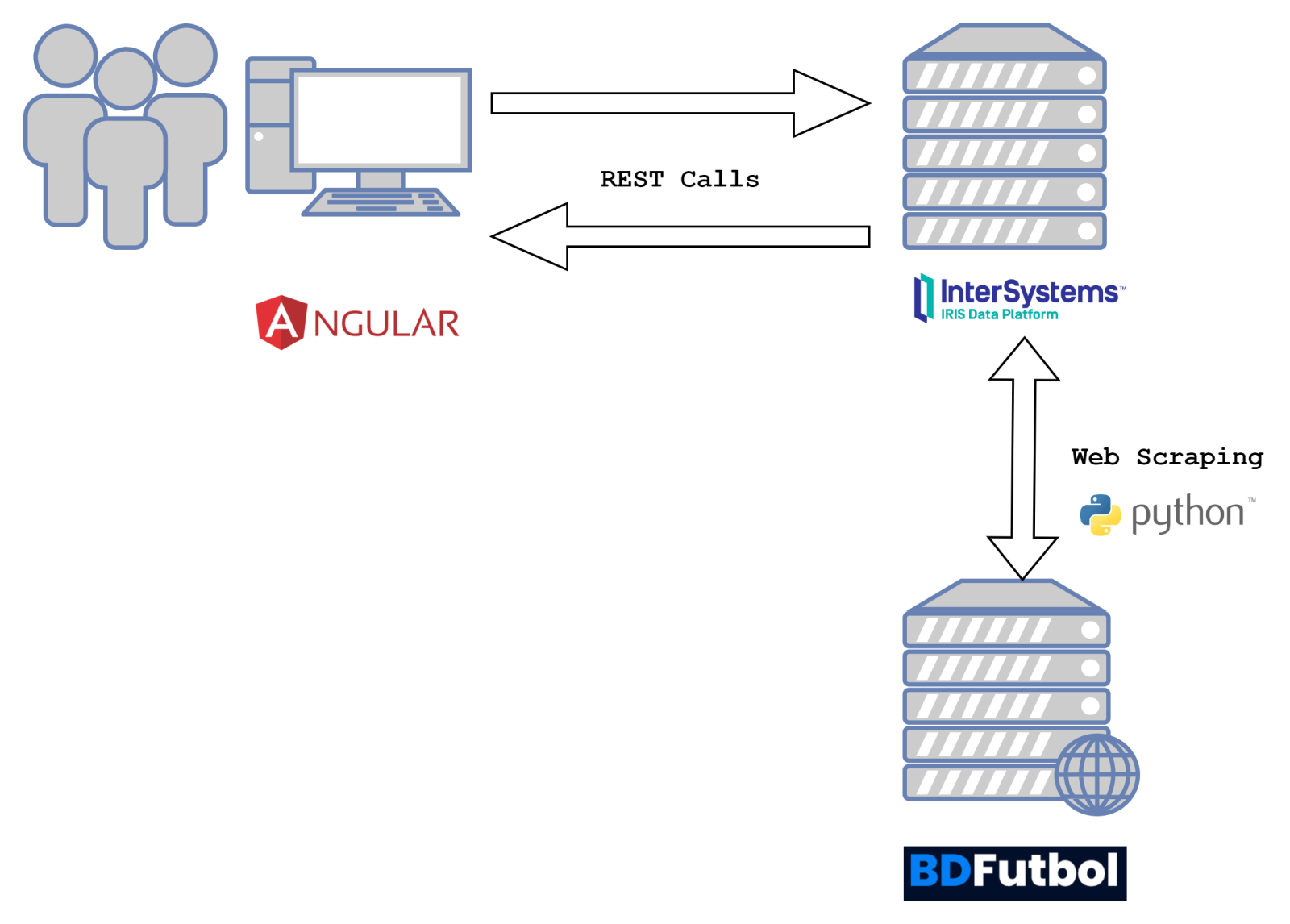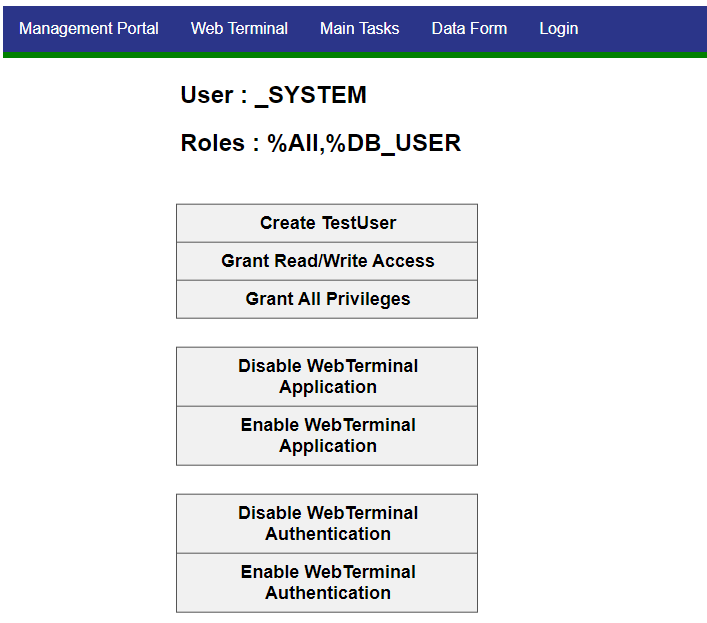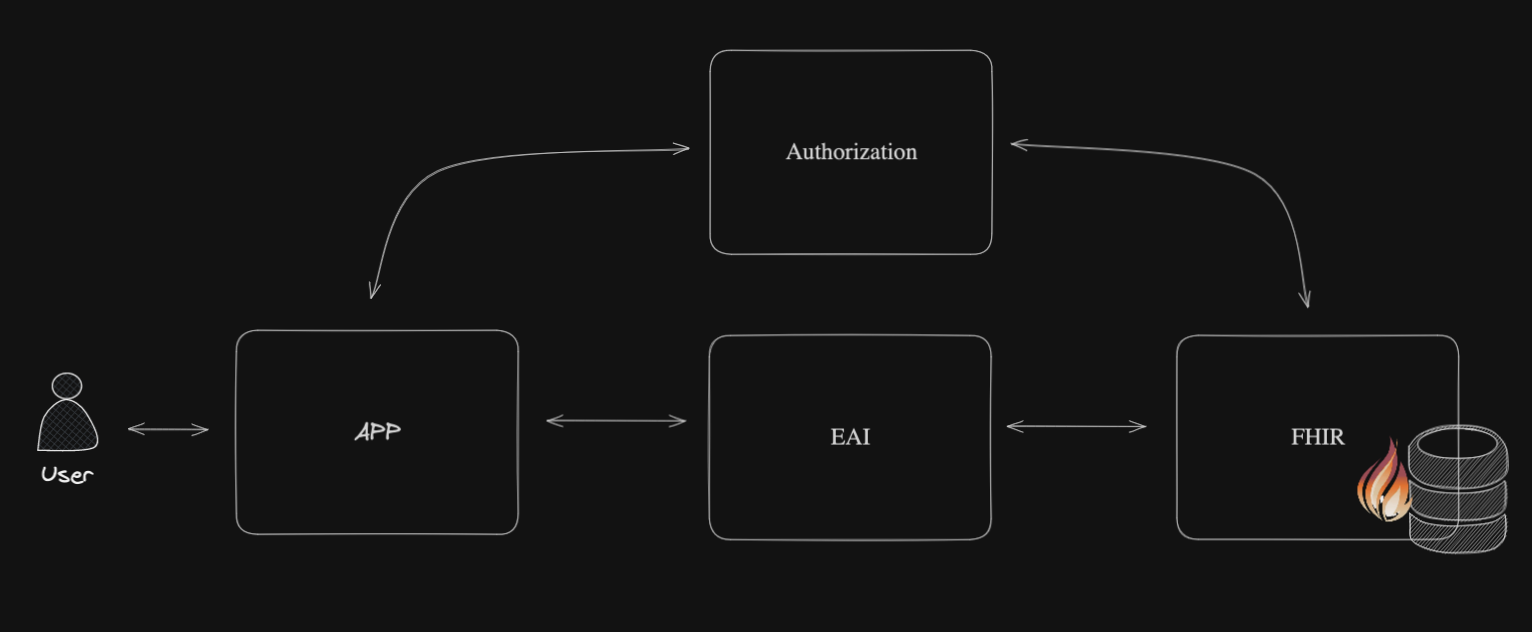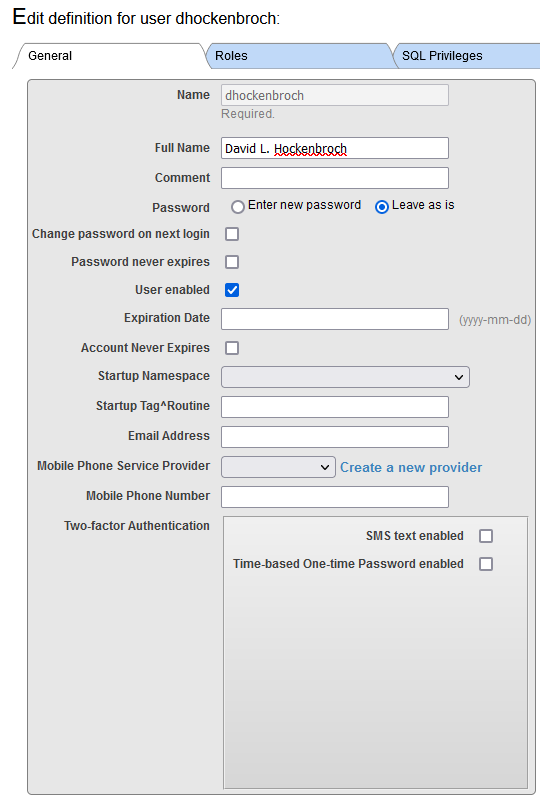Presenter: Saurav Gupta
Task: Provide customized authentication support for biometrics, smart cards, etc.
Approach: Provide code samples and concept examples to illustrate various custom authentication mechanisms
Description: In this session we will discuss customized way to solve various authentication mechanism and show case some sample code.
Problem: Using custom Authentication mechanism to support devices like biometrics, smart cards, or create an authentication front end for existing applications.
Solution: Code samples and concept examples.
Content related to this session, including slides, video and additional learning content can be found here.



 In the
In the 
